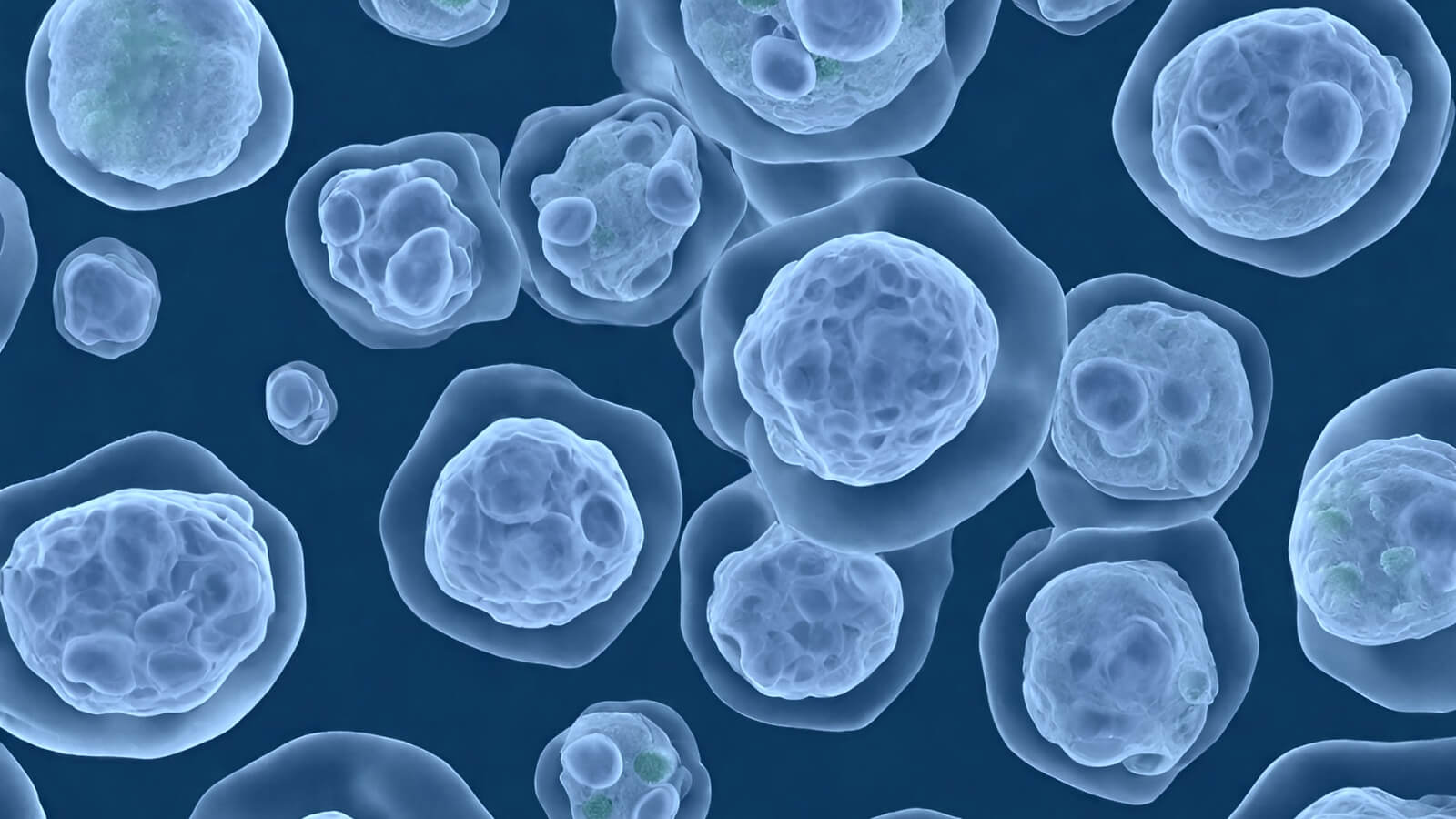Classic Prolotherapy, Platelet-Rich Plasma (PRP), and Adipose Stem Cell Therapy are all regenerative medicine treatments used to promote tissue repair and healing, but they differ in their mechanisms and sources of therapeutic agents. Here are the key differences between these three therapies:
Classic Prolotherapy
- Classic prolotherapy involves injecting a solution of dextrose (a form of glucose) and local anesthetic into damaged or weakened connective tissues, such as ligaments or tendons.
- The injected solution mimics a localized injury response without injuring the issue and triggers the body’s natural healing processes.
- Dextrose acts as an osmotic shock agent, promoting tissue regeneration and strengthening the affected area.
- It is a relatively simple and cost-effective regenerative medicine treatment performed in an outpatient setting and is ideally suited for hypermobility syndromes such as Ehlers-Danlos.
Platelet-Rich Plasma (PRP)
- PRP involves extracting a small amount of the patient’s blood and through a multistep centrifugation process to separate the platelet-rich plasma from other blood components.
- The concentrated plasma, which contains a higher concentration of platelets and growth factors, is then injected into the injured area to stimulate tissue repair and regeneration.
- Platelets in PRP have abundant alpha granules and release a rich assortment of growth factors and cytokines that promote cell proliferation, angiogenesis (formation of new blood vessels), and tissue healing.
- PRP is commonly used for musculoskeletal conditions, such as osteoarthritis, tendon injuries, neck and back pain and ligament sprains. At ORM, we utilize PRP for skin rejuvenation, collagen induction, to resolve dry eye disease, and many other conditions that benefit from revitalized repair mechanisms.
Adipose Stem Cell Therapy
- Adipose stem cell therapy involves extracting a small amount of fat tissue (adipose tissue) from the patient’s own body, usually from the abdomen or thigh. Adipose is the richest most concentrated source for reparative stem cells and contains over 200 times more stem cells than bone marrow extracts.
- The extracted fat tissue is processed to isolate and concentrate the stem cells within the tissue.
- The concentrated stem cells are then injected into the target tissue, where they can differentiate into various cell types and promote tissue regeneration.
- Adipose stem cells have the potential to differentiate into different cell lineages, including cartilage release growth factors, and immune response modulation, contributing to tissue repair and regeneration.
- This scientifically proven therapy is used in various fields, including orthopedics, plastic surgery, and wound healing.
In summary, classic prolotherapy utilizes a solution of dextrose to promote tissue healing, while PRP involves using concentrated platelets from your blood. Adipose stem cell therapy, on the other hand, uses stem cells derived from your own fat tissue. Each therapy has its own unique mechanisms and applications, and their suitability depends on the specific condition being treated and the patient’s individual needs. Our doctors are highly experienced in the use of these regenerative procedures.
Dr. Noel Peterson has practiced regenerative and orthopedic medicine in Lake Oswego, Oregon, since 1978. He is a Diplomate of The American Academy of Pain Management.



